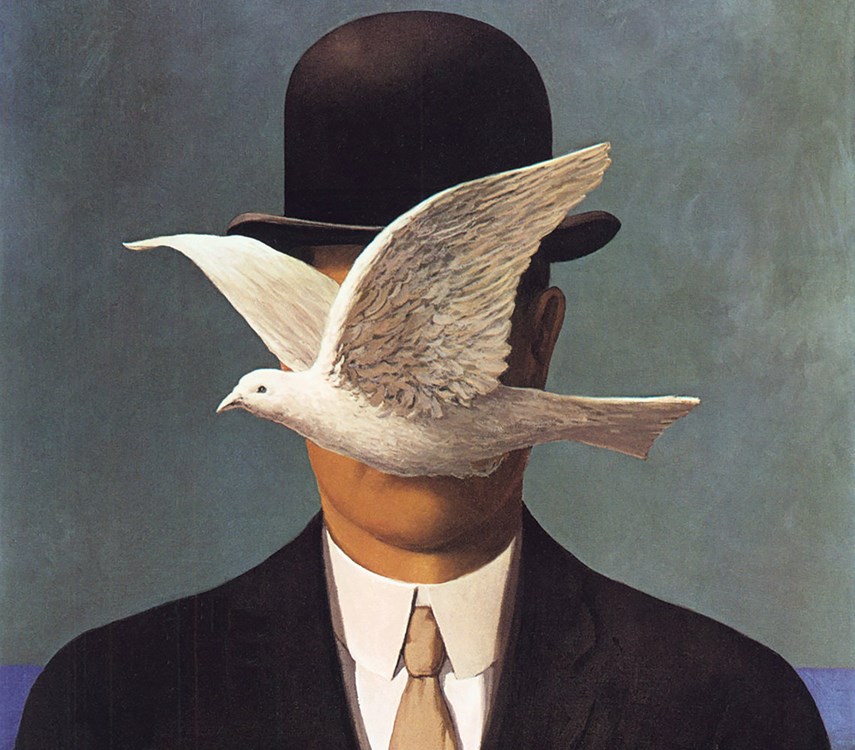7 Stories. CapU Theatre series: The BlueShore at CapU - Birch Building, Feb. 4 – 8 (capilanou.ca).
A man stands on a ledge, in a state of perplexity, and contemplates the unknown depths below.
He’s seven storeys up, outside an apartment building as the dull roar of a party from one of the dwellings inside carries on.
The man seems to come to a resolution about something, maybe – will he jump? Will he fly? Has he figured it all out? Instead he’s interrupted. A window opens and volatile couple Rodney and Charlotte come bursting forth. They fight and bicker and Charlotte, in a burst of passion, tries to throw Rodney’s wallet out the window, to which he responds by trying to choke her out. “Excuse me,” says the man, his existential solitude disturbed by the young free-spirited poet Charlotte and Rodney, the insufferable lawyer she’s having an affair with.
Like so many of us are prone to experience, our own lives often feel like they’re playing out in the shadow of other people who themselves are all too caught up in their lives to take notice of what’s around them.
In playwright Morris Panych’s acclaimed 7 Stories a collection of colourful characters on the seventh storey of an apartment building make their entrances and exits, all too preoccupied to question why a sharply dressed man is standing on the ledge, contemplating making one fatal, final decision.
It’s a dark, existential comedy, but what makes it shine is how fully realized the cadre of characters is, according to voice artist, performer and Capilano University instructor Sylvia Zaradic, who’s directing the theatre department’s upcoming production of 7 Stories.
“There’s just something about the way he wrote these people to be so alive, it just jumped off the page to me,” says Zaradic.
In addition to Rodney, Charlotte and our man on the ledge, the play is replete with a paranoid psychiatrist, a man gunning to marry a rich heiress, a cold-hearted nurse, a very religious woman, and many more, all fully realized and all in the midst of having arrived at a certain juncture in their own lives.
“We see a lot of people in this show who are just kind of surviving and doing what they have to do to find meaning in their own life. Man happens to step into each one of these stories and I think through those relationships he eventually makes the ultimate decision,” – whatever that may be – notes Zaradic.
As the various characters bicker and bulk and exchange pleasantries and philosophies, the existential undertones of the show bubble up. As Charlotte recounts near the beginning of her tirade with Rodney: “Naturally he despises poetry. He despises all art. Because art is the act of climbing to the top of that ridiculous wall of his – and standing on the ledge – to look out into a cruel and pointless world – devoid of meaning – where fact is merely fiction. And anybody with any courage would simply leap off the edge and be done with it.”
But while Charlotte might have one viewpoint, Zaradic notes that one of the play’s more delightful moments comes when the man on the ledge encounters 100-year-old Lillian, whose reflections on her own life lead the production into its final, fateful leg.
“It’s questionable whether she functions as an instrument of liberation for him. Certainly she functions as inspiration for him, being 100 and so old and so wise,” says Zaradic. “What I love about that character and that moment is that we are winding down, in a sense, to man’s ultimate decision, and she almost brings us into the path.”
One thing about 7 Stories that’s not questionable, however, is what the play’s about, according to Zaradic, who adds that despite the show’s grim inciting incident, it’s not a story about suicide.
“It’s a play about hope, and it’s a play about life,” she says. “It’s a play about taking a look at your own limitations – your own self-imposed limitations – and really waking up and pushing through the boundaries that we place on ourselves.”



